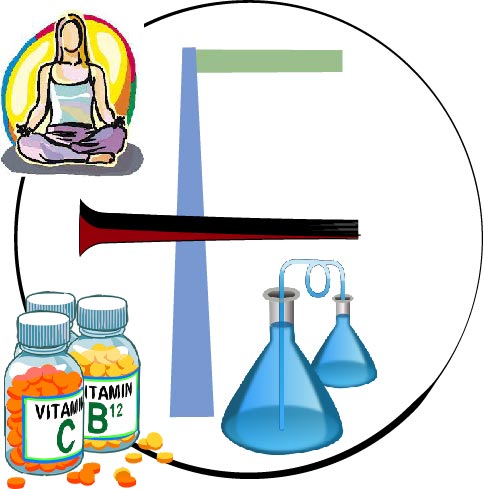by maheshbhuva | Jul 25, 2023 | Glassware
The terms “Class A” and “Class B” are commonly used to describe different types of glassware in laboratory settings, particularly for volumetric measuring. These classes have specific standards and tolerances, and they serve different purposes....
by maheshbhuva | Jul 25, 2023 | Glassware
In the pharmaceutical industry, glassware is also classified based on its quality and accuracy, much like the Class A and Class B classifications commonly used in laboratory glassware. The classification of glassware in pharma is typically based on standards set by...

by maheshbhuva | May 19, 2023 | Analytical Chemistry, stability
Chemical: Each API (active ingredient retains its chemical integrity and labeled potency within the specified limit. Physical: the physical stability properties includes appearance, palatability, uniformity, dissolution and suspend ability are retained....

by maheshbhuva | May 18, 2023 | Hplc
Phosphate buffer Citrate buffer Formate buffer Acetate buffer Tris(hydrixymethyl) -aminomethane Phosphate buffer Pka 2.1 Ph range 1.1 tob3. 1 Pka 7.2 Ph range 6.2 to 8.3 Pk 12.3 Ph range 11.3 to 13.3 Citrate Pka 3.1 Ph range 2.1 to 4.1 Pka 4.7 Ph 3.7 to 5.7 Pka 5.4 Ph...
by maheshbhuva | Mar 9, 2023 | Method validation
Specificity As per ICH Q2A guideline defined as Specificity is the ability to assess unequivocally analyte in the present of component which may expected to present. Typically these might include impuries, degradants, matrix etc Selectivity The extent to which the...


